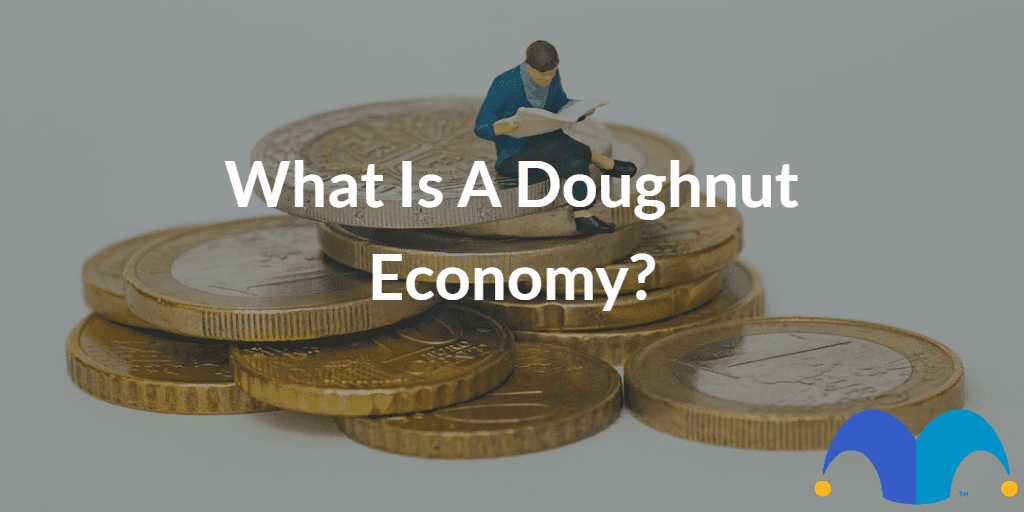The idea behind a doughnut economy was created by economist Kate Raworth. Other than having a cool name, you’re probably wondering what the heck doughnut economics is all about. I’m going to shed some light and share some insights to help you better understand this amazing way of putting your money to better use.
Where did the idea of a doughnut economy come from?
The doughnut economic model was an idea first published by Kate Raworth back in 2012. Her vision was to think outside the box and come up with a framework that could help economies work better for all of us.
You may think it strange that the answer to all our economic worries is a doughnut. But bear with me, because this theory might change the way you view the world – and money. Raworth’s description of her motivation behind the idea is that: “Humanity’s 21st-century challenge is to meet the needs of all within the means of the planet.”
The majority of past economics has been dictated by men, so it’s refreshing to see new ideas for the future coming from women who aren’t afraid to break the rules.
How does a doughnut economy work?
You might have already heard of a circular economy. It’s where our current cycle of production and consumption is lengthened. So instead of throwing things away, we share, reuse, repair, recycle and refurbish products and materials for as long as possible.
Doughnut economics takes this further. We all understand that growth can’t last forever. Growth at all costs not only damages the environment but is just not a sustainable way for us to live, make money or invest.
The doughnut has a social foundation as its inner ring which contains things such as:
- Water
- Gender equality
- Housing
- Education
Then the outer ring is made of planetary boundaries:
- Ozone depletion
- Air pollution
- Ocean acidification
- Biodiversity loss
You can check out the whole doughnut economy diagram here. The idea is that there is a sweet spot within both the inner and outer rings that we can all live and thrive in. We don’t want to be in the social hole in the middle and we don’t want to be outside what our planet can withstand.
Who is using doughnut economics?
The theory is great, but putting words into practice is more important. The coronavirus pandemic has given everyone the chance to pause and look at things and ask ‘how can we do things better?’
In the aftermath of the pandemic, the city of Amsterdam has decided to base its economic recovery on the idea of doughnut economics.
The Dutch city was the first to pledge its ambition to implement these ideas. Not long after, Brussels in Belgium followed in Amsterdam’s footsteps. It will be interesting to see which other cities and countries embrace the doughnut model as time goes on.
How can a doughnut economy impact your life?
You don’t have to wait until your city or government pledges change before you can make an impact.
Every day you will make small decisions like where you shop or who your bank account is with. Many small choices you make in everyday life can add up to make a big difference.
Try and see if there are ways you can help out in your local community or even support a neighbour. You don’t have to be an economist to make the world a better place.
